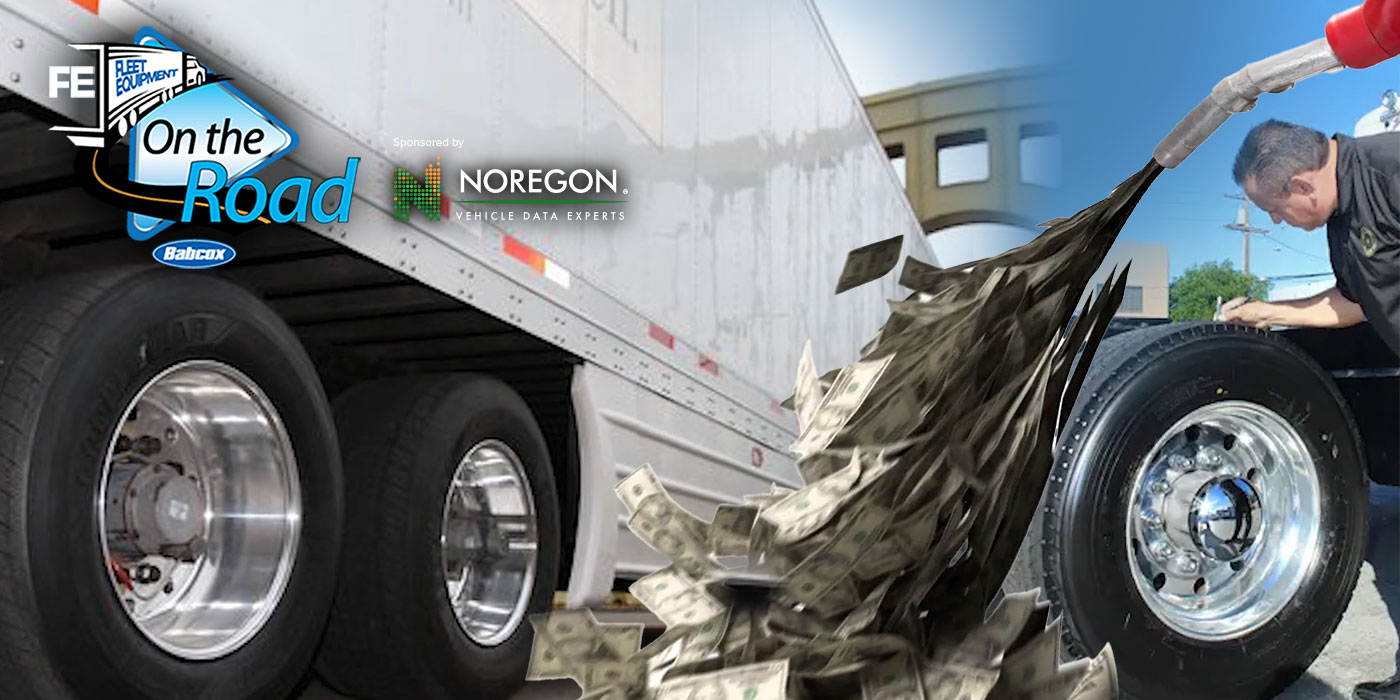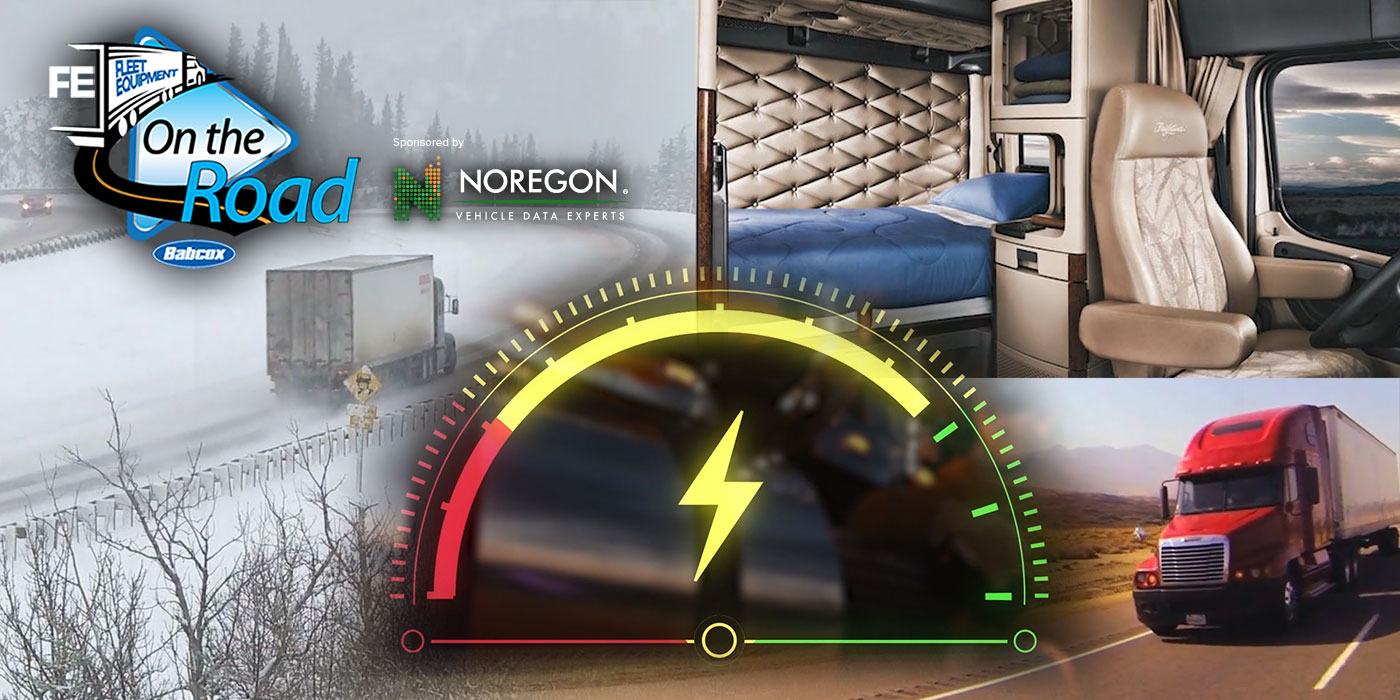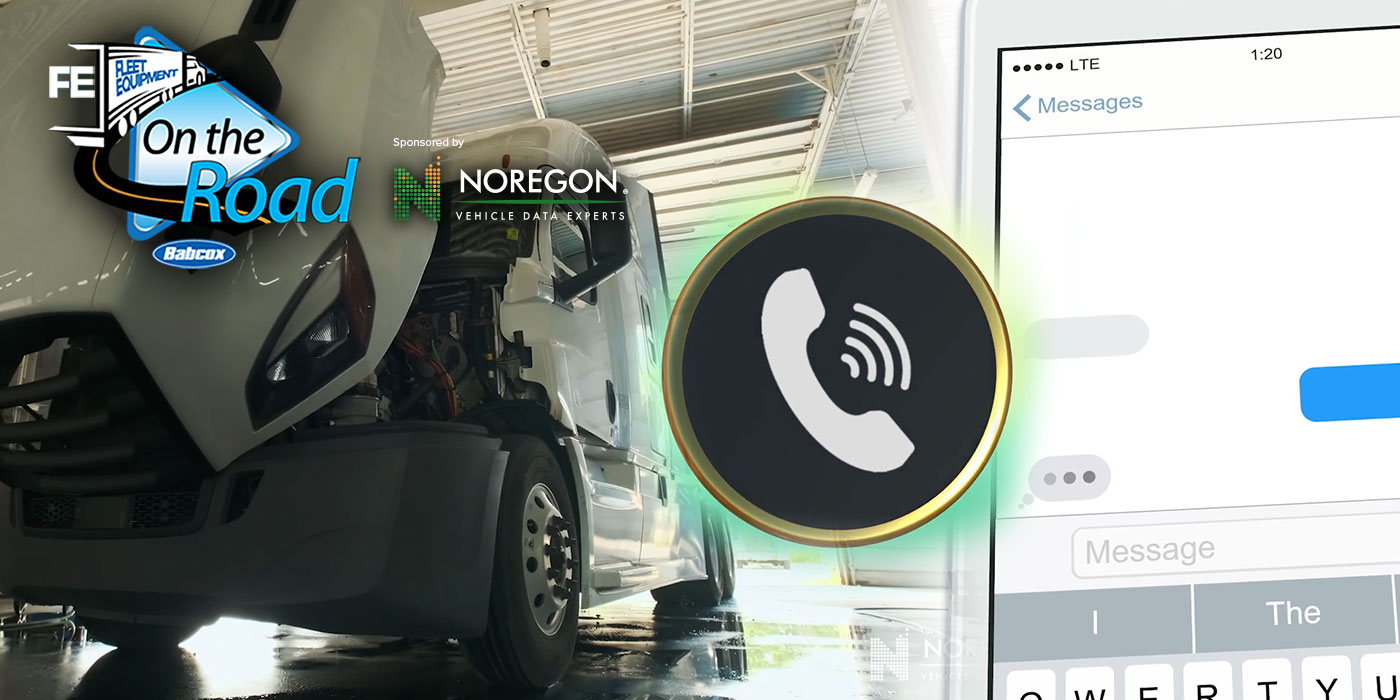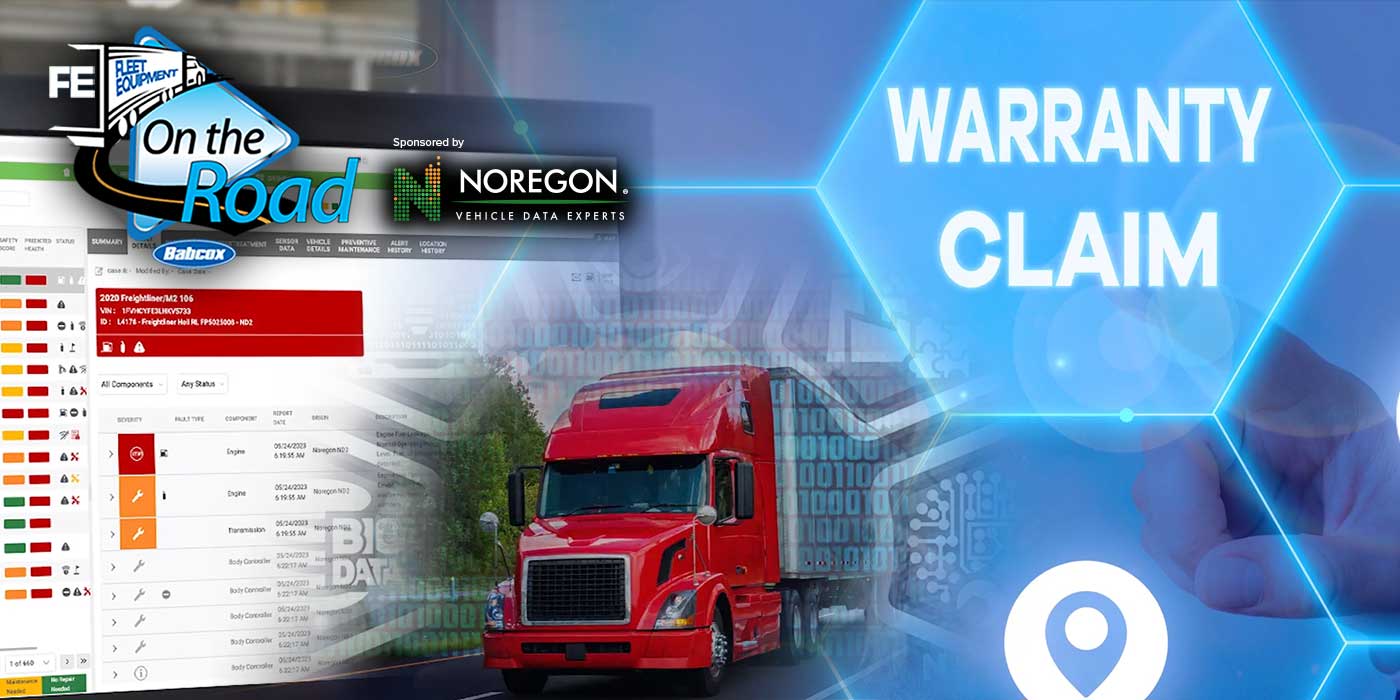It doesn’t always get the fanfare it deserves, I’ll admit that, but as a tire man myself, I can’t help but get excited when fleets around the nation come together and join hands to the tune of keeping men and women behind the wheel safe by paying a little more attention to their truck tires.
To celebrate, I’ve got three truck tire pressure tips to share so you can join in next week.
Click here to watch more of FE’s On the Road video series.
Our first tip is to run your tires on the recommended tire pressure.
I can hear you saying “Yeah, duh, you’ve only said that like 1,000 times, David.” But there is a reason we harp on it.
Proper tire pressure matters so much. Safety, stopping distance, fuel efficiency, operating costs, tire life – all of this is directly affected by running on properly pressurized tires.
And the list goes on. A growing number of fleets are spec’ing air disc brakes in their trucks, as well as advanced, integrated collision mitigation technologies. It just makes it that much more important to run on properly inflated tires to realize full performance benefits, plus protect your investments.
Let’s drive home proper tire pressure even further: According to the American Trucking Associations’ Technology & Maintenance Council, running on a tire that’s under-inflated by as little as 10% can reduce fuel economy by 1.5%. That’s huge!
At 20% under-inflation, in addition to all those lost miles per gallon, the effects include a roughly 30% reduction in tire life. And, about 90% of tire blowouts are the result of under-inflation, owing to the increased stress and higher running temperatures experienced by an under-inflated tire.
Then, there are complications that can crop up from running on improperly inflated tires in specific builds, like on a truck that has dual-tire wheel-ends which have uneven pressures. Even a small PSI difference between two tires on the same wheel-end – we’ll call it 5 PSI – means one tire winds up carrying a greater share of the load and doing more work. Then, the tire with the lower pressure, since it’s slightly smaller, ends up dragging, leading to premature wear, a shortened overall tire life and, worst of all, increasing the odds of a blowout on the higher-pressure tire.
So, just keep tires at the correct tire pressure, OK?
Tip number two is to know your numbers.
You already keep a close eye on your truck’s tires during breaks or spot checks – nice job! But for most, even this vigilance isn’t going to be enough to spot developing problems. Slow, gradual leakage can catch up with you over the miles, and even the sharpest-eyed driver may not be able to tell at a glance the difference between a properly inflated tire at 105 PSI and one that’s pressurized only to 95 PSI.
That’s why using a tire pressure monitoring system is absolutely crucial here. First of all, TPMS might be the most helpful possible tool when it comes to protecting your tires from all those under-inflation issues we just covered. It helps keep the wheel-ends ready to deliver optimal performance when brakes and safety technologies like full-stability, and the more advanced systems built upon it, are activated.
Plus, TPMS data can help your fleet shape a better tire strategy and maintenance plan. Many systems on the market are capable of tracking a tire’s internal temperature as well, which can help mitigate potential tire fires.
Of course, no technology on the road today is a replacement for a skilled, alert driver exercising safe habits, but think of TPMS like the co-pilot. Like the R2 unit for young Luke Skywalker. When you see that TPMS light, just think of R2 screaming at Luke that something’s wrong.
Tip number three: Know the difference between TPMS and ATIS, and what’s best for you.
So TPMS monitors inflation, alerting drivers and fleets if it becomes too low or too high in any specific tire. ATIS takes this a step further and actually inflates a tire that needs it automatically. You typically will find ATIS used on trailer tires – in fact, roughly two-thirds of new trailers are now being equipped with ATIS.
ATIS sounds awesome, and it is, but keep in mind its uses are limited. It isn’t usually designed to indicate to the driver or the fleet if a leak has occurred – that’s what TPMS is for. Of course, TPMS can’t be depended upon to actually address that leak like ATIS.
So, consider systems that serve as something of a hybrid between the two. These hybrid systems offer sort of a best-of-both-worlds version of each system’s benefits and can provide individual wheel-end feedback even if the tractor or power unit is not attached.
Take a look at the options available on the market today and think hard about what will be most useful to you. Ultimately, every fleet is different, and each truck has different needs.
And, if you don’t do anything else as a result of this video, just check your truck’s tire pressure. Please. Do it for National Tire Safety Week.













